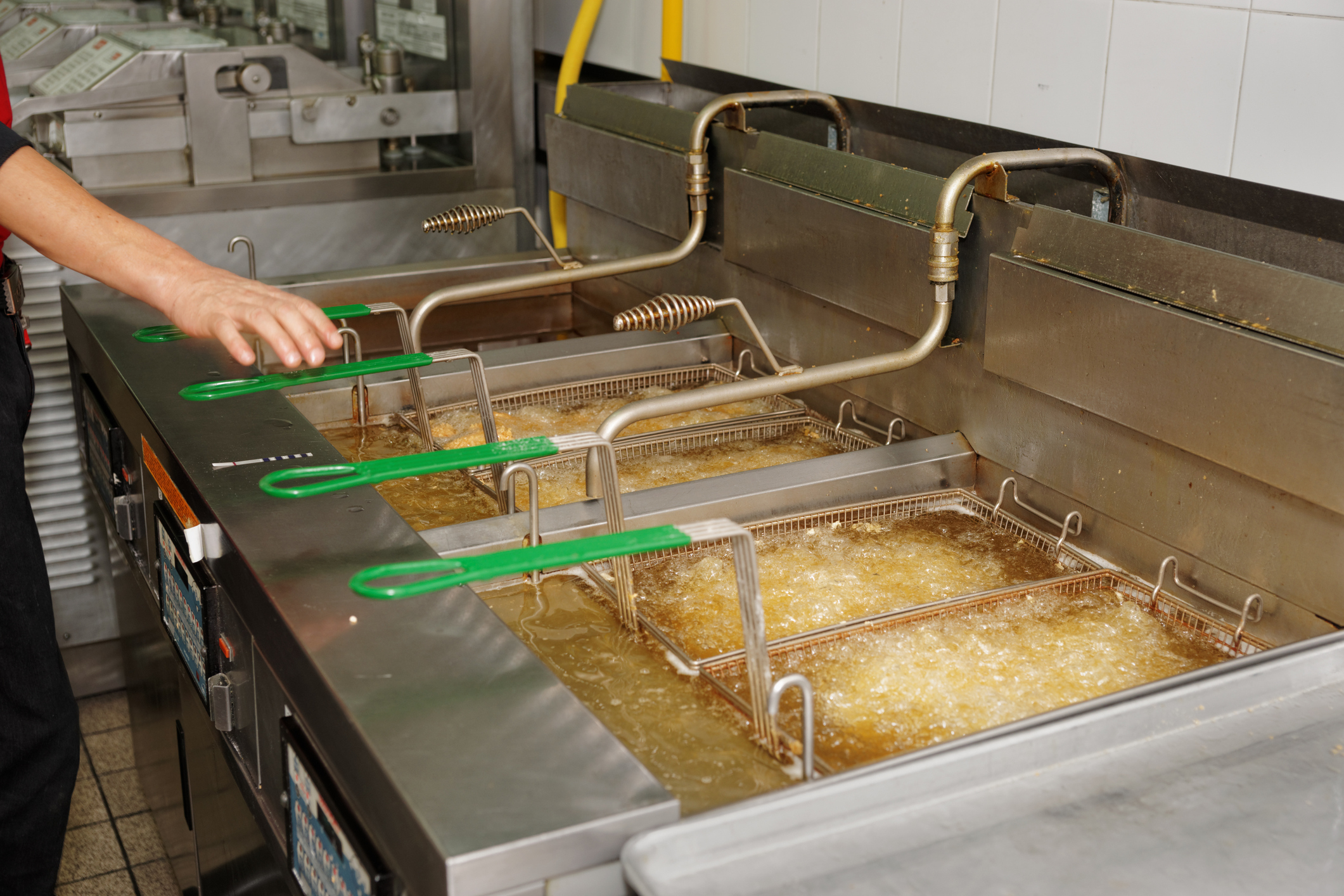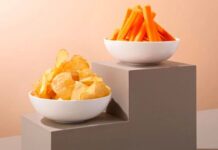A restaurant is a place that acquires its status based on wonderful services, including hospitality, food, and on top of all, hygiene. You might have noticed that when restaurants advertise themselves, the only thing they focus on is hygiene because it makes the users believe in clean surroundings.
Also, the restaurant kitchen is where maximum spills are made and where you will find the maximum number of dishes to be cleaned.
So firstly, we will discuss the signs and effects if the grease trap isn’t cleaned.
Drainage clogging and unpleasant odors
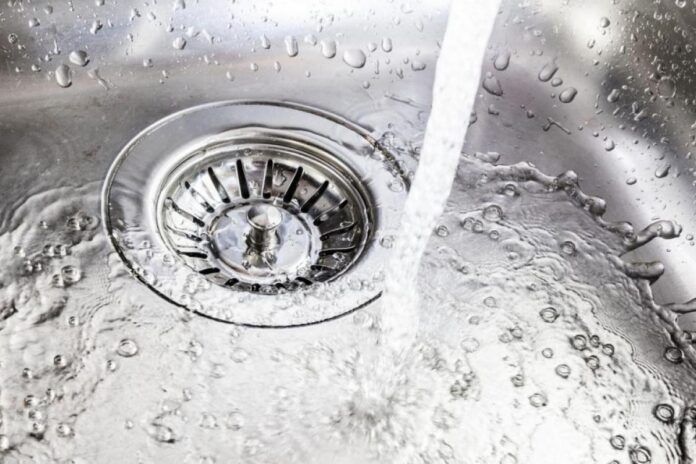
The cases of drainage clogging are pretty common in restaurants as the fats move through the pipeline and are collected in the grease tank. Once the grease tank reaches its maximum limit, it starts passing the grease, which gets collected at the end of the pipe, resulting in clogging.
There are some tips listed below which makes it easier to prevent grease trap overflowing.
1. Scrape All Plates
So the first thing which has to be kept in mind is to minimize the waste that reaches the pipeline. You can do this by cleaning the plates first and ensuring that the least amount of dirt is left.
Once the cleaner is assured that this is the possible, solid dirt you can remove from the plates, the plates should be transferred to the dishwasher. So the dish wash person will now clean the dishes in the sink to minimize the fat quantity going in the sinks.
2. Install Screens Under Sinks
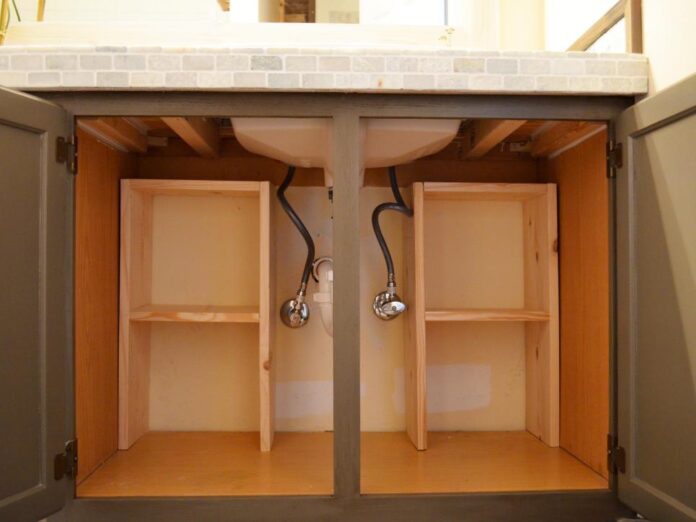
Now restaurants have another creative idea known as multistorey sinks; these sinks contain three layers. The normal cleaning is done on the first layer, and on the second layer, a screen is placed with minute holes; only liquid moves down the drainage and thus, fats are stopped at this layer.
This technique is not ideal but significantly reduces the number of fats that move in pipelines.
3. Clean Spills Right Away
There are chances that a cook is preparing a wonderful dish, and suddenly the dish falls from his hand and lands on the cooking counter. So you need to make sure that once the spills are made, they are to be cleaned instantly. So if you clean the spills instantly, a sweeper won’t be needed who will clean it using water and then pass on the dirt to the sink.
4. “No Grease” Signs
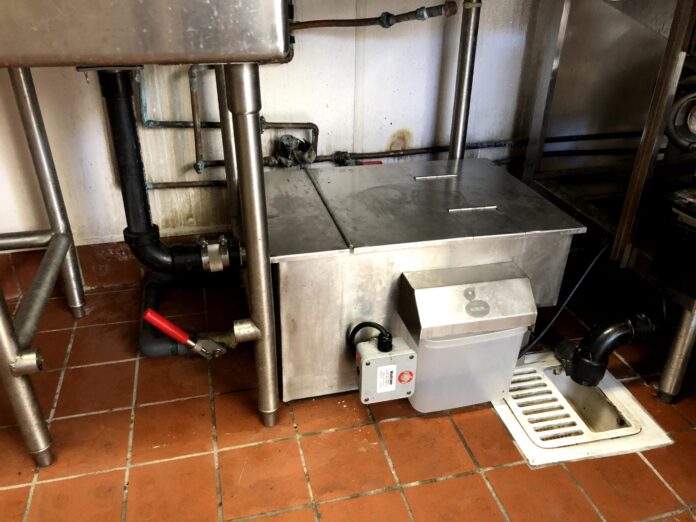
Also, you can place the No grease signs in the sinks of your restaurants, so the dishwashers are reminded all over again that they need to remove the solid waste. The food in restaurants is spicy and oily, so grease trap blockage prevention is a serious task that must be kept in mind.
5. Watch your Water Temperature
Some people suggest that cleaning dishes with warm water is a good choice, but it is not; at a temp of 144 F, the grease melts and moves to pipelines in the form of liquids and then cools down at the bottom and causes the blockage. So you need to make sure that your water temperature is regulated.
Professional cleaners like Boston Grease Trap Services make it easier for users to keep their restaurant clean by providing professional cleaning and guidance.

